When you think of Italy, you might envision charming old streets, majestic Roman ruins, picturesque vineyards, and vibrant piazzas filled with lively chatter. Every corner of this beautiful country is steeped in rich history and culture, and what better way to experience it than by hitting the open road? This blog post will provide you with a comprehensive guide on driving in Italy as a tourist.
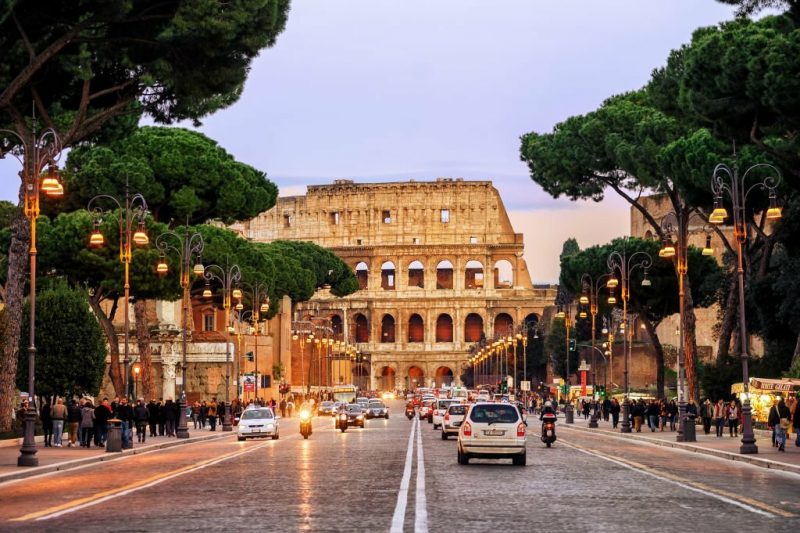
The Italian Lifestyle: Experience it on the Road
The Italian lifestyle is all about enjoying the good things in life – la dolce vita. From savoring a steaming cup of espresso at a roadside café to taking leisurely drives through the rolling hills of Tuscany, there’s a sense of beauty and joy in every moment. Indeed, driving provides an intimate way to connect with the land and its people, allowing you to discover hidden gems and local favorites that are often missed by traditional tourism routes.
Why Choose Driving as a Tourist in Italy?
Driving in Italy allows you to explore at your own pace, free from the constraints of public transportation schedules. You can stop whenever you like, whether to capture a breathtaking landscape, visit a quaint little town, or indulge in authentic Italian cuisine at a family-run trattoria. Moreover, driving gives you the flexibility to cover more ground and visit off-the-beaten-path destinations, making for a unique and memorable travel experience.
Renting a Car in Italy: Driving in Italy as a Tourist
Should I Rent a Car in Italy?
Renting a car in Italy offers freedom and flexibility to explore the country on your terms. However, if you plan to only visit major cities where public transportation is abundant and efficient, renting a car might not be necessary. But for those who wish to discover Italy’s charming countryside or coastal areas, a rental car is a fantastic option.
How Much Does it Cost to Rent a Car in Italy?
The cost of renting a car in Italy can vary widely depending on the type of car, rental company, duration of rental, and season. On average, you can expect to pay between €30-€70 per day for a compact car.
Breakdown of Rental Car Costs
When renting a car, the base rate is just one part of the total cost. Additional costs can include insurance, fuel, tolls, parking fees, and any optional extras like GPS or child seats. Always read the terms and conditions carefully to understand what’s included and what’s not.
Tips for Saving Money on Rental Cars
Booking your car rental in advance and comparing prices from different companies can help save money. Consider renting a smaller car, which is not only cheaper but also easier to handle on narrow Italian roads. Avoiding unnecessary extras and returning the car with a full tank of petrol can also help keep costs down.
Best Ways to Rent a Car in Italy
Choosing a Rental Company: Driving in Italy as a Tourist
Italy offers a variety of car rental companies to choose from, including well-known international brands such as Hertz, Enterprise, and Avis, as well as local companies.
Tip for Travelers: Instead of individually searching through the aforementioned companies, consider using Discovercars.com. This website conveniently gathers all the major brands in one place.
My Experience with DiscoverCars.com
Booking Process
The first thing that impressed me about DiscoverCars.com was its user-friendly and intuitive booking process. The website is easy to navigate, and finding the perfect rental car was a breeze. I was able to specify my preferences, including the type of car, pick-up location, and drop-off location, with just a few clicks. Plus, the real-time availability of cars made it incredibly convenient to choose the right vehicle for my needs.
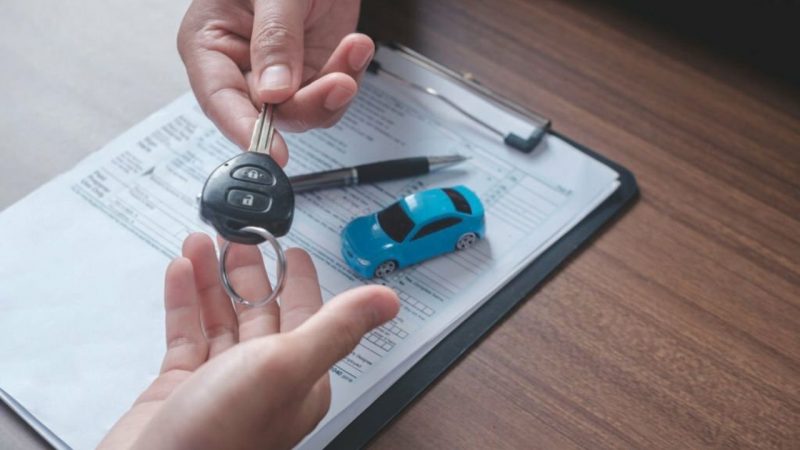
Competitive Pricing
Now, let’s talk about pricing. While DiscoverCars.com offers competitive rates, I did some research and compared it to five other similar car rental services. It’s important to note that pricing can vary depending on the location and the time of year. In my comparison, I found that DiscoverCars.com was among the top choices in terms of affordability. However, there were a couple of services that had slightly lower rates for the same car category. Nevertheless, DiscoverCars.com compensates with its outstanding service.
Customer Support
One of the standout features of DiscoverCars.com is their exceptional customer support. I had a question about my rental, and I was pleasantly surprised by how responsive their support team was. They provided clear and helpful answers promptly, making me feel confident about my rental choice.
Pick-Up and Drop-Off
The pick-up and drop-off process was seamless. The car was ready and waiting for me at the designated location, and the return process was equally hassle-free. This convenience added an extra layer of satisfaction to my overall experience.
Understanding Driving in Italy
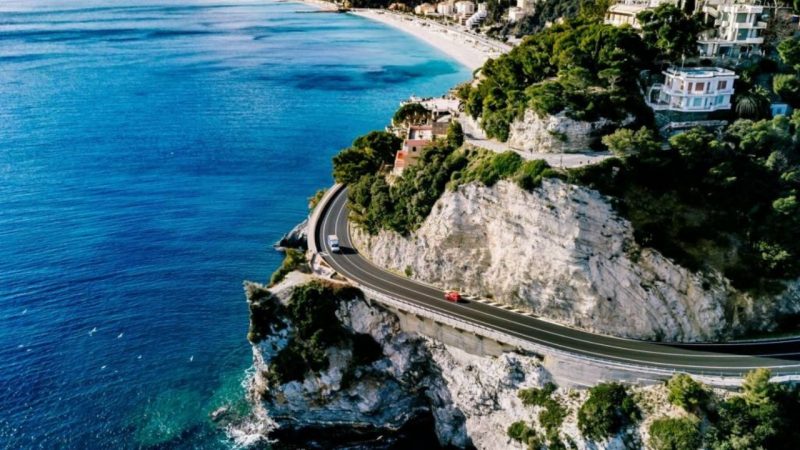
Is it Easy to Drive in Italy? Driving in Italy as a Tourist
Whether it’s easy or not to drive in Italy largely depends on your previous driving experiences and adaptability. The country’s diverse geography, from bustling cities to serene countryside roads, offers a variety of driving conditions.
Factors Affecting Ease of Driving
City traffic can be quite challenging, particularly in larger cities like Rome or Milan where the streets are often narrow and crowded. On the other hand, driving in rural areas is generally more relaxed, with less traffic and wider roads. However, it’s important to note that many rural roads are winding and may require careful navigation.
Differences Compared to Other Countries
Driving in Italy can be quite different from driving in other countries, particularly for those accustomed to right-hand driving. In Italy, like the majority of European countries, driving is on the right side of the road. Italian drivers can also be more aggressive compared to their counterparts in other countries, but don’t let this deter you. With a little preparation and patience, you’ll soon get the hang of it.
Age Requirements for Driving in Italy for Foreigners
If you’re planning on driving in Italy, you must be at least 18 years old. However, to rent a car, most rental companies require drivers to be at least 21 years old, and drivers under 25 may be subject to additional fees.
When it comes to riding motorcycles with an engine capacity of up to 125cc, the minimum age requirement is 16 years or older. On the other hand, if you’re considering riding a moped, which should not exceed 50cc in engine capacity, you must be at least 14 years old. It’s worth noting that driving licenses issued in European Union (EU) and European Economic Area (EEA) countries are perfectly acceptable for these purposes. So, if you meet the age requirements and have a valid EU or EEA license, you’re all set to hit the road on your motorcycle or moped adventure!
Using an International or U.S. License in Italy
If you hold a valid U.S. driver’s license, you can use it to drive in Italy for up to one year. However, it’s highly recommended to also obtain an International Driving Permit (IDP), which serves as an official translation of your license. Remember, both your IDP and your national driver’s license should be carried with you at all times when driving.
Essential Tips for Driving in Italy as a Tourist
Understanding Italian Road Rules
Like any country, Italy has its own set of road rules. Key ones include giving way to vehicles from the right at intersections, not using your horn in urban areas unless there’s an immediate danger, and the requirement to use dipped headlights during the day while driving on motorways and dual carriageways. Speed limits vary depending on the type of road, so always pay attention to road signs.
Understand Cryptic Street Signs
Italian street signs can be cryptic and confusing, but it’s crucial to decipher their meanings to avoid parking violations or other traffic-related issues. Take the time to research common street signs and their interpretations before hitting the road. Resources like Rick Steve’s video on Italian street signs can be incredibly helpful.
Navigating Italian Cities and Countryside
Italian cities often have a Zona Traffico Limitato (ZTL) or Limited Traffic Zone to restrict non-local traffic in the city center. Be sure to research your route in advance to avoid inadvertently entering these zones and receiving fines. The countryside, with its winding roads and breathtaking views, is a joy to navigate. However, be cautious of unexpected sharp turns and keep an eye out for cyclists and pedestrians.
Parking in Italy
Parking in Italy can be challenging, particularly in big cities where spaces are limited. Look out for color-coded parking lines: white lines indicate free parking, blue lines require payment, and yellow lines are reserved for specific uses like disabled parking or loadingzones. It’s advisable to park in a secured lot or garage, particularly overnight.
Dealing with Toll Roads
Many of Italy’s motorways are toll roads. Tolls can be paid by cash, credit card, or through the Telepass system. When entering a toll road, pick up a ticket from the machine and pay when exiting. The amount is based on the distance traveled.
Navigating Italy’s Urban Jungle
1. Avoiding Big Cities Whenever Possible
One of the best pieces of advice we can offer is to steer clear of driving in Italy’s major cities like Rome, Naples, and Florence. The public transportation in these cities is not only efficient but also a great way to explore the local culture. You’ll find buses and metros readily available to take you to your desired destinations. Save yourself the stress of navigating the chaotic city traffic and opt for public transport.
2. If You Must Drive in a City
Sometimes, it’s inevitable, and you find yourself needing to drive in a city like Rome. In such cases, give yourself ample time to reach your destination, especially during rush hour. Italian city traffic can be overwhelming, but once you understand the unwritten rules and flow of traffic, it becomes more manageable. Pay attention to the subtle cues and adapt to the rhythm of the road.
3. Ring Roads Are Your Friend
When traveling from one region of Italy to another, consider taking the ring roads that bypass major cities. These well-designed roads can save you time and prevent unnecessary traffic-related stress. Many Italian cities have ring roads for this very purpose, so take advantage of them whenever possible.
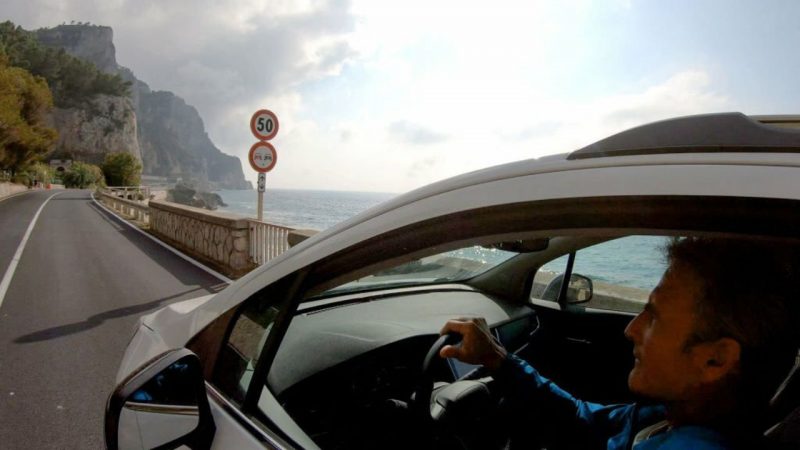
The Art of Driving on Italian Two-Lane Roads
1. Embrace Local Driving Etiquette
On the narrower two-lane roads in Southern Italy, driving can be a bit intimidating, especially if you’re not accustomed to local customs. Here are some key tips:
- When a faster driver approaches from behind, make room by moving to the right if there is a shoulder or safe space to do so.
- If you find yourself behind a slower driver, they will often move to the right to allow you to pass without any prompting.
Understanding and adhering to these unwritten rules will make your journey smoother and less stressful.
2. Plan for Slow Traffic
Be prepared for slower-moving vehicles, such as trucks or the iconic three-wheel “ape” vehicles. These roads may not always allow for easy passing, so enjoy the scenic views if you’re caught behind a slower vehicle. However, it’s wise to make a restroom stop before hitting the road, as prolonged delays can be uncomfortable.
3. Embrace “Piano, Piano” (Take It Slowly)
In Italy, the phrase “piano, piano” (slowly, slowly) holds true when driving. Give yourself plenty of time to reach your destination, and avoid setting unrealistic time constraints. Enjoy the journey, and you’ll find that patience is indeed a virtue on Italian roads.
Experiencing Italy by Car
Best Routes for Tourists
Italy offers several scenic driving routes. The Amalfi Coast offers stunning coastal views, while the Chianti Wine Route in Tuscany takes you through charming hilltop towns and vineyards. The Great Dolomite Road offers breathtaking mountain landscapes, and the historic Via Appia takes you on a journey through ancient Roman history.
Italian Landmarks Accessible by Car
Many famous Italian landmarks are easily accessible by car. These include the Leaning Tower of Pisa, the ancient ruins of Pompeii, the majestic Lake Como, and the iconic Colosseum in Rome. Remember though, parking near popular tourist spots could be difficult, so plan accordingly.
Local Customs and Practices to Enjoy
Driving in Italy also offers opportunities to immerse yourself in local customs. You can stop at local markets to sample regional delicacies, visit vineyards for wine tastings, join in local festivals, or simply enjoy a leisurely Italian lunch at a roadside trattoria.
Conclusion:
Final Thoughts on Driving in Italy as a Tourist
Driving in Italy provides a unique window into the country’s rich culture, history, and breathtaking landscapes. While it can be challenging, with a bit of preparation, understanding of the rules, and patience, it can be an exhilarating and enriching experience. So why not give it a go? Rent a car, hit the Italian road, and create your own unforgettable la dolce vita!
FAQs (Frequently Asked Questions)
Can I use my regular driver’s license in Italy?
Yes, you can use your regular driver’s license, but it’s recommended to obtain an International Driver’s Permit (IDP) for added convenience.
Are road signs in English in Italy?
In Italy, you’ll find English signs in tourist spots and restaurants. Official signs, like Italian road signs, strictly adhere to the official language. Interestingly, some regions also feature road signs in French, Slovenian, German, and Ladin, adding a touch of linguistic diversity.
What’s the best time to avoid heavy traffic on Italian roads?
Try to avoid rush hours in major cities, typically from 7:30 AM to 9:30 AM and 5:30 PM to 7:30 PM, to navigate the roads with ease.
Are there electric charging stations for rental electric cars in Italy?
Yes, Italy has a growing network of electric vehicle charging stations, making it feasible to rent electric cars for your road trip. Presently, there are around 15,000 operational charging stations across the country. The ambitious plan is to have more than 25,000 charging stations available on Italy’s roads by the year 2026.
What’s the most scenic drive in Italy?
The Amalfi Coast is often considered one of the most scenic drives in Italy, offering stunning views of the Mediterranean Sea and picturesque villages.


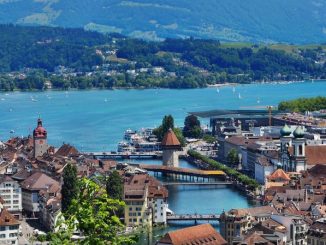


Be the first to comment